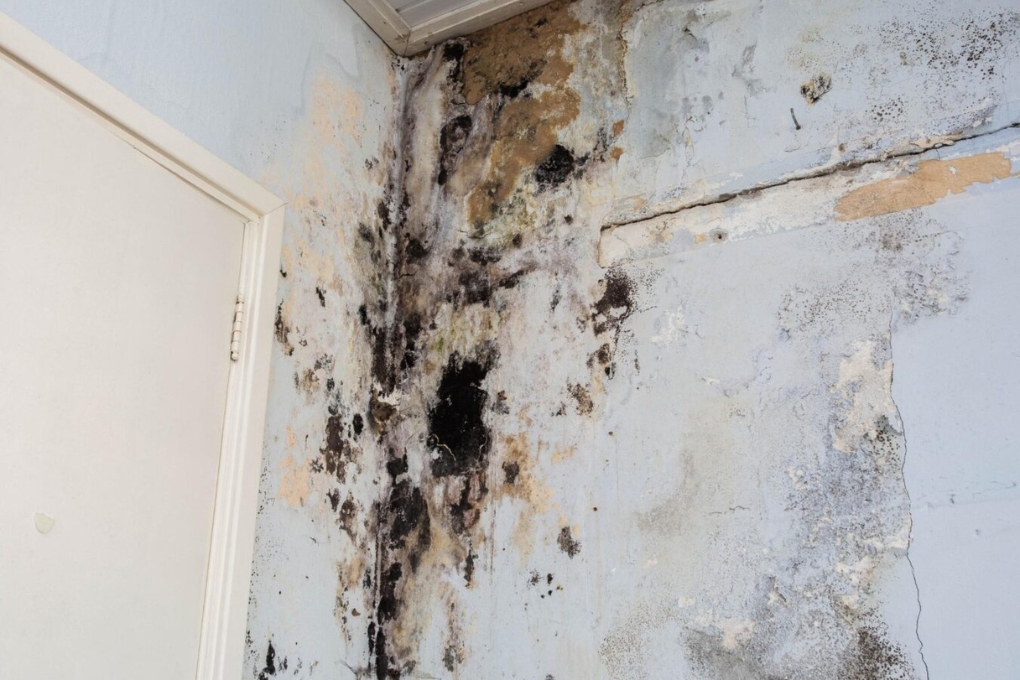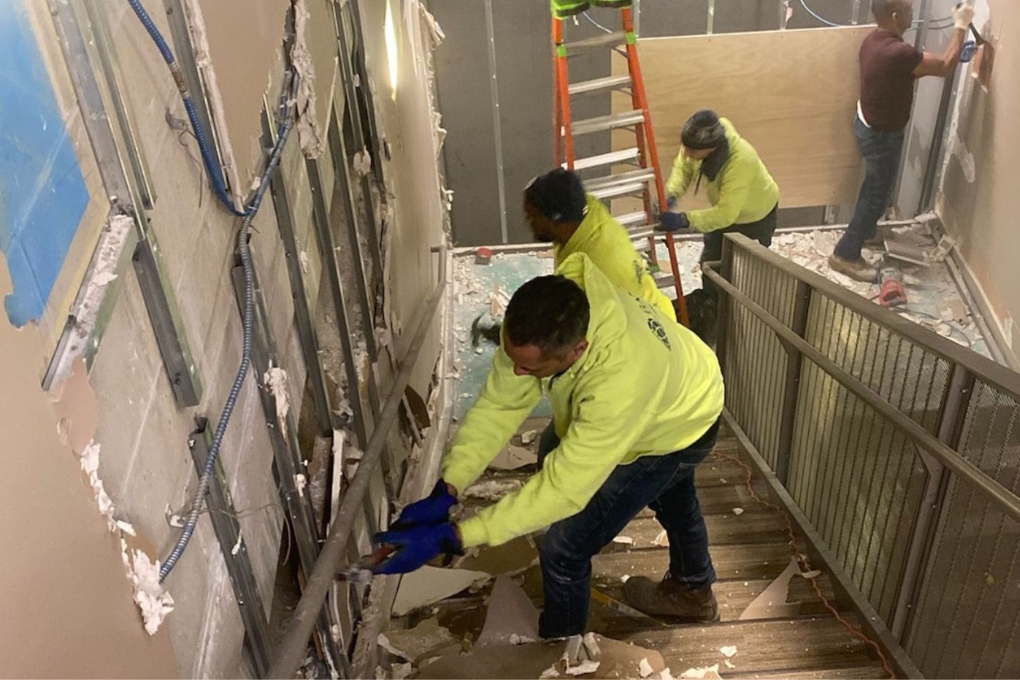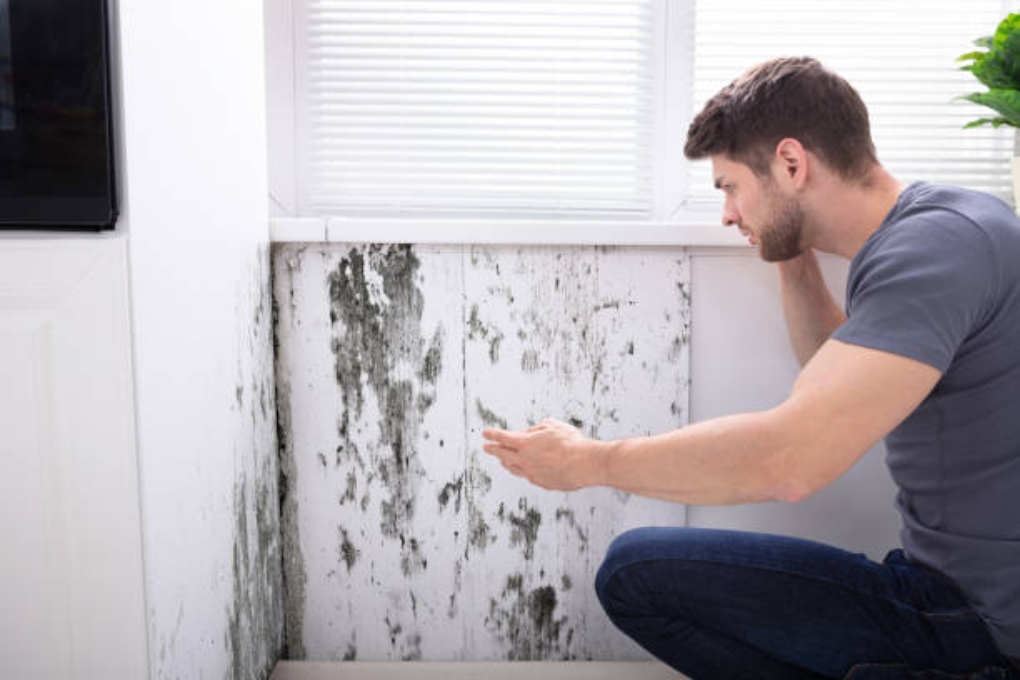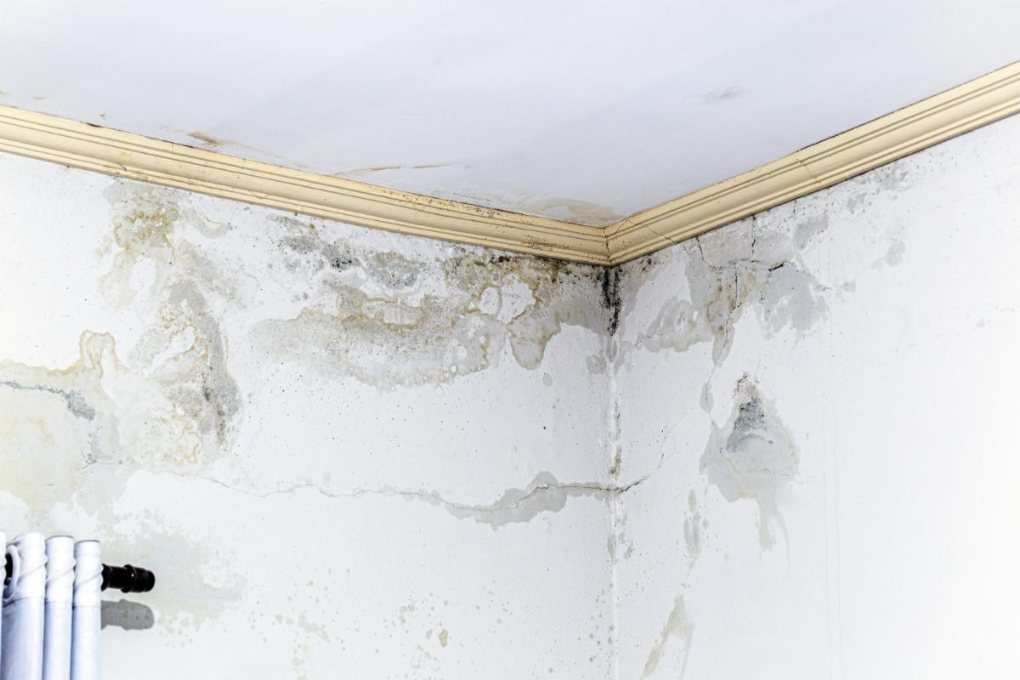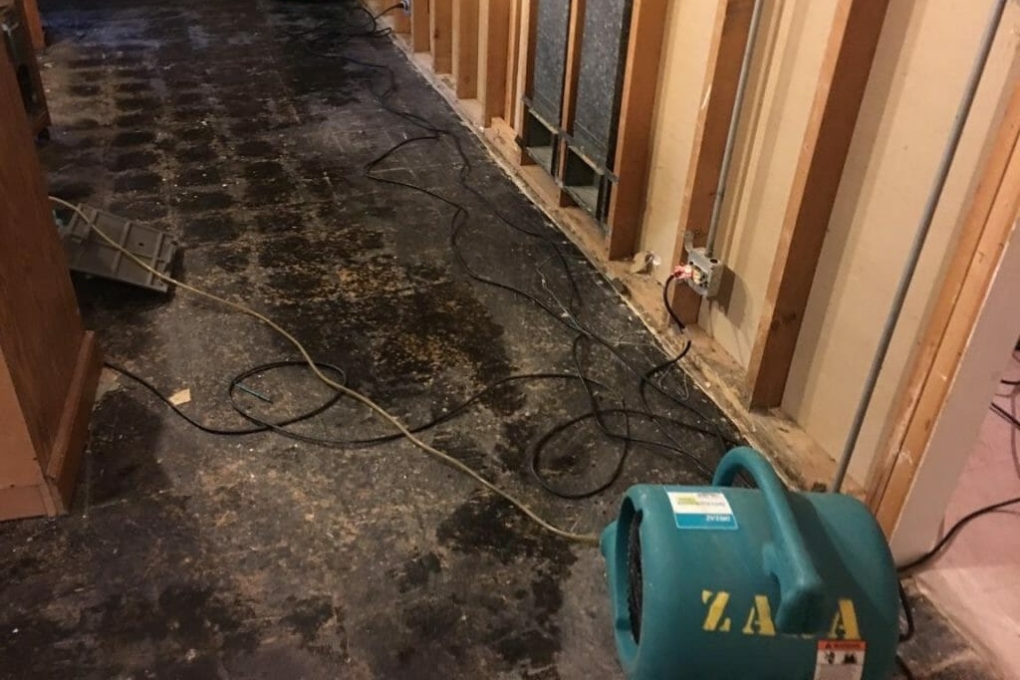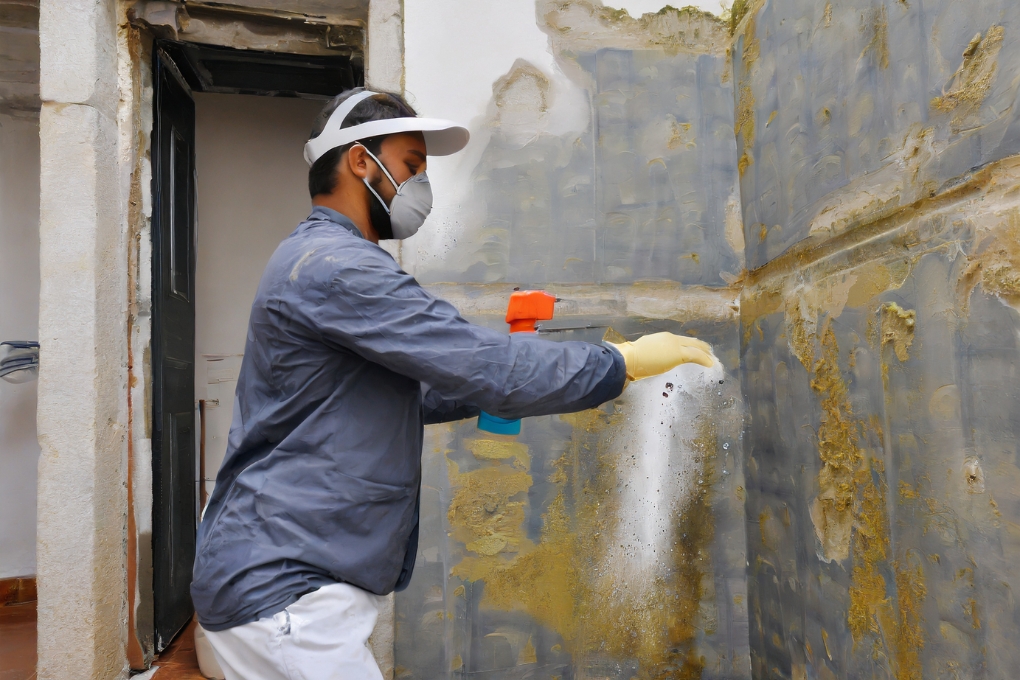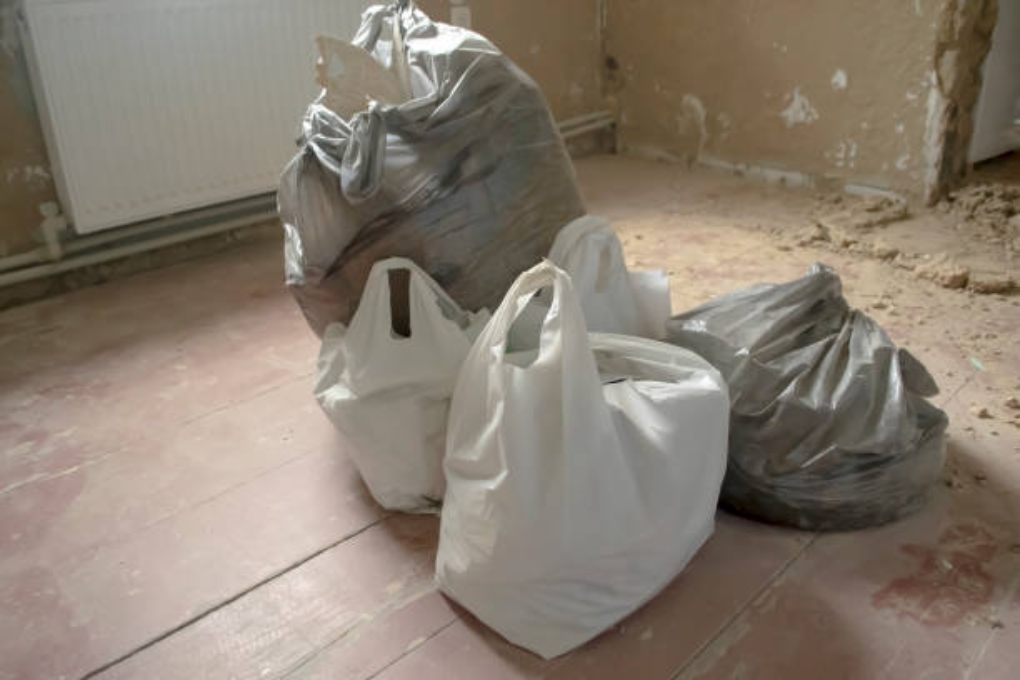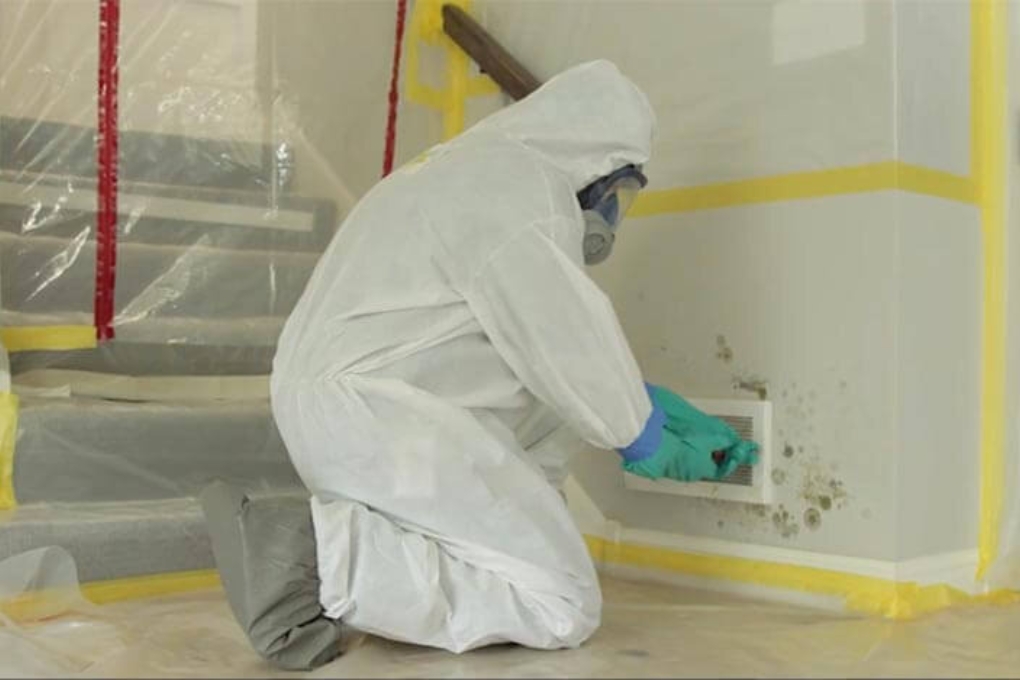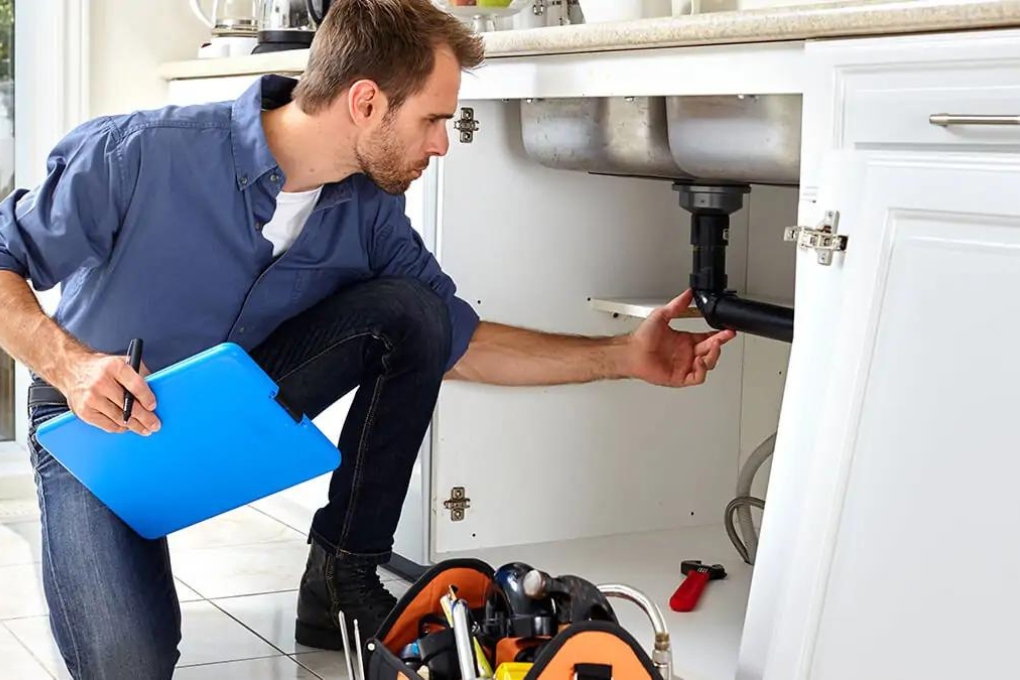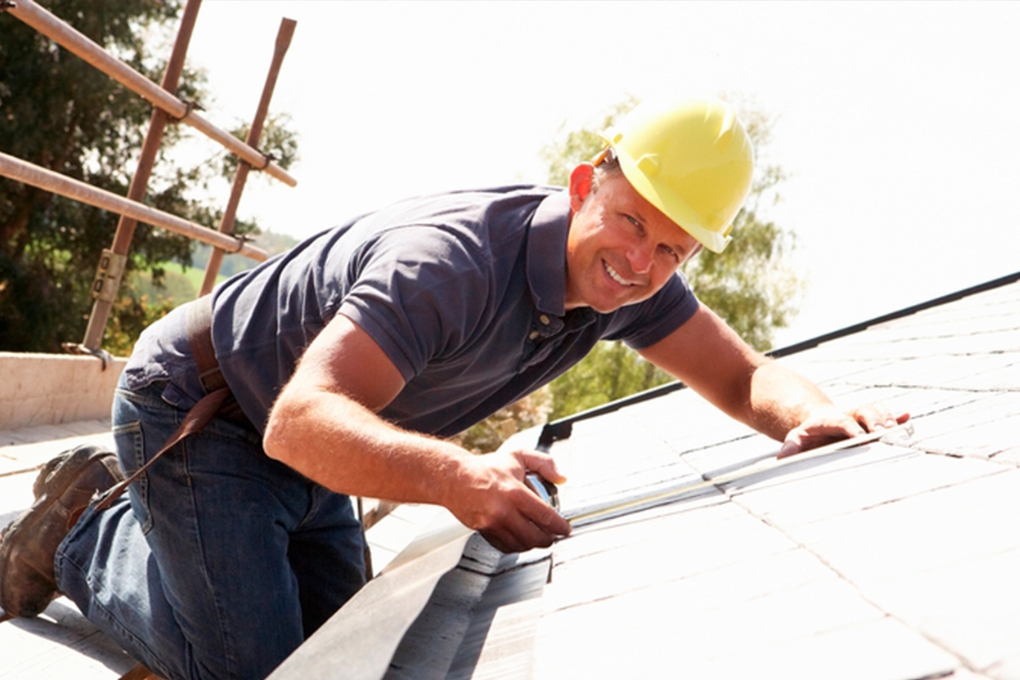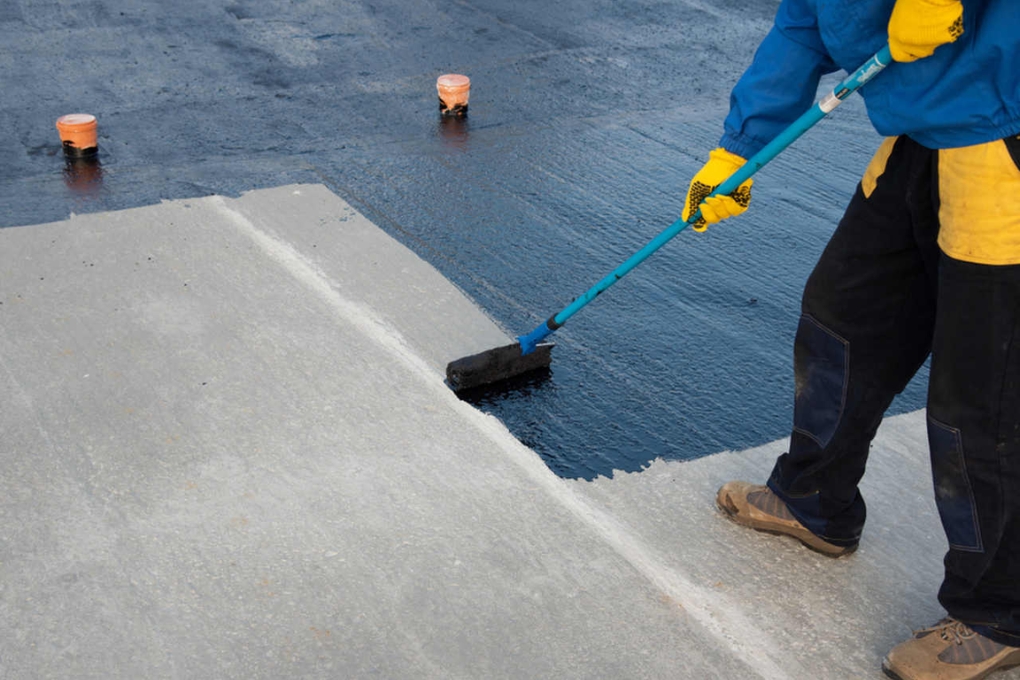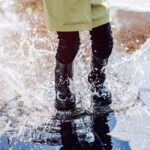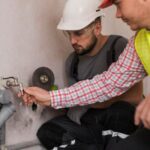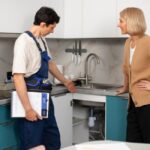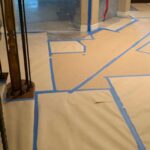Water damage and mold are two problems that no homeowner or property manager wants to face. Both can lead to serious health issues, structural damage, and financial burdens. But what many people may not realize is that there is a strong link between water damage and mold growth.
Water damage provides the necessary moisture for mold to grow, and if left unchecked, mold can quickly become a significant problem with potential health and structural consequences.
What is Water Damage?
Numerous factors can cause water damage. One of the most common causes is plumbing issues, including burst pipes, leaking faucets, or faulty appliances like washing machines and dishwashers. Roof leaks, especially during heavy rainfall or due to damaged roofing materials, can also introduce water into a building. Extreme weather events such as storms and floods can result in substantial water damage. Moreover, poor maintenance of structures, like inadequate sealing or failing to address small leaks promptly, can worsen water damage over time.
The aftermath of water damage can be significant and widespread. In the short term, it can lead to structural issues, including compromised building foundations, weakened walls, and damaged flooring. Water can also severely damage personal belongings, from furniture and electronics to valuable documents and sentimental items. It often results in the growth of mold and mildew, which can pose health risks to residents and demand costly mold remediation efforts.
Related: Leaking Chimney Fixes
What is Mold?
Mold is a type of fungus that exists naturally in the environment. It is composed of tiny, multicellular organisms known as mold spores, which are present virtually everywhere, both indoors and outdoors. When mold spores encounter the right conditions, they can grow and reproduce, forming visible colonies. Mold comes in numerous species and colors, with the most common indoor molds being black mold (Stachybotrys chartarum), green mold (Aspergillus), and white mold (Penicillium).
The main factor that causes mold growth is moisture. It requires a moisture source to thrive, and when moisture levels in an environment are elevated and sustained, it can trigger mold growth. This moisture can originate from various sources, including water leaks, high humidity levels, condensation, flooding, or inadequate ventilation. Mold can grow on a wide range of organic materials, such as wood, drywall, paper, fabric, and even some synthetic materials if they are soiled with organic matter.
The consequences of mold growth can be significant and affect both health and property. Mold can pose health risks to individuals who are exposed to it. Mold spores, along with mycotoxins produced by certain molds, can become airborne and be inhaled or come into contact with skin, leading to a range of health problems. These health issues may include allergic reactions, respiratory symptoms (such as coughing and wheezing), nasal congestion, skin irritation, and even more severe conditions in individuals with mold allergies or compromised immune systems.
Beyond health concerns, mold can also cause damage to structures and possessions. It can deteriorate and weaken building materials, leading to structural issues over time. Mold can stain surfaces, emit musty odors, and ruin personal belongings like furniture, clothing, and electronics.
Link Between Water Damage and Mold
The connection between water damage and mold growth is fundamentally tied to the environmental conditions that mold needs to flourish. Mold is present everywhere in the environment in the form of tiny and airborne spores. These spores are harmless on their own, but they can become a problem when they encounter the right conditions for growth. One of the primary conditions necessary for mold growth is moisture. This is where water damage comes into play.
Once moisture is introduced into a building due to water damage, mold spores can quickly begin to colonize and grow on various organic materials commonly found in homes and buildings, such as drywall, wood, insulation, and carpet. Mold can start growing within as little as 24 to 48 hours after exposure to moisture. As it grows, it releases more mold spores into the air, further exacerbating the problem.
The results of this link between water damage and mold growth can be significant and if left unaddressed, mold can thrive rapidly, leading to extensive damage to building materials, personal belongings and can cause health problems. That’s why it is important to identify emergency scenarios for water damage for the early detection of mold growth.
Effects of Water Damage and Mold Growth
Water damage and mold growth at home can have a range of adverse effects, impacting both the structural integrity of the building and the health and well-being of its occupants.
Deterioration of Building Materials: Water damage can lead to the deterioration of various building materials, including wood, drywall, insulation, and flooring. Over time, this can weaken the structural integrity of the home, potentially requiring costly repairs or even compromising the safety of the building.
Electrical Issues: Water damage can damage electrical systems, posing fire hazards and causing power outages. Electrical outlets, wiring, and appliances that come into contact with water can become compromised and unsafe.
Foundation Problems: Severe water damage, especially in basements or crawl spaces, can affect the foundation of a home. Excessive moisture can lead to foundation cracks, shifting, or settling, which can result in structural instability.
Allergies and Respiratory Problems: Mold spores and mycotoxins released by mold can become airborne and be inhaled by occupants. This exposure can lead to a range of health issues, including allergies, respiratory problems (such as coughing and wheezing), and exacerbation of pre-existing conditions like asthma.
Headaches and Fatigue: Prolonged exposure to mold can lead to a range of non-specific symptoms, including headaches, fatigue, and a general feeling of unwellness.
Compromised Immune Systems: People with compromised immune systems, such as the elderly, infants, or individuals with certain medical conditions, are more susceptible to health issues related to mold exposure.
Odor and Aesthetic Issues: Mold growth often results in musty, unpleasant odors that can permeate the home. Additionally, the appearance of mold on surfaces can be unsightly and difficult to remove completely.
Reduced Property Value: Homes with a history of water damage and mold issues may suffer a decrease in property value, making them more challenging to sell.
Water Damage and Mold Remediation
Mold and water damage repair requires a systematic and thorough approach to ensure the safety of occupants and prevent further damage. The specific method may vary depending on the extent of the damage, the type of materials affected, and the source of the water damage.
Identify and Eliminate the Source of Water
First and foremost, mold and water damage inspection is crucial to identify and address the source of water damage to prevent further moisture infiltration. This may involve repairing leaks, replacing damaged pipes, or addressing issues with the building’s drainage and waterproofing systems.
Ensure Safety
Before starting the cleanup process, ensure the safety of all inhabitants. If the water damage is severe or involves contaminated water (e.g., sewage backup or floodwater), it may be necessary to evacuate the premises and seek professional assistance.
Assess the Extent of Damage
To evaluate the extent of water damage and mold growth, you need to closely examine the affected areas. Look for visible signs of water damage, such as wet or discolored surfaces, peeling paint, or sagging ceilings. Additionally, check for any musty or moldy odors. If you see extensive damage, widespread mold growth, or suspect hidden issues, it’s wise to seek professional assistance. Professionals can assess the situation thoroughly, provide guidance, and ensure a safe and effective cleanup process.
Remove Standing Water
If you find water pooling in the affected area, it’s crucial to get rid of it quickly. You can do this using tools like pumps or wet/dry vacuums designed for water removal. Once the water is gone, focus on drying everything really well. This helps stop more damage from happening and prevents mold from growing. Make sure the area stays dry to keep things under control.
Isolate Contaminated Areas
If you see mold, it’s important to keep it from spreading to other parts of your home. You can do this by sealing off the area with plastic sheets to make a kind of barrier. If you have the right equipment, use something called a negative air pressure system to keep the air inside the sealed area, so mold spores don’t escape. This helps protect the clean areas of your home from getting moldy.
Remove and Dispose of Damaged Materials
If things like drywall, insulation, or carpeting have gotten soaked and can’t be fixed, it’s best to get rid of them. Put them in bags and follow your local rules for disposing of them. This helps prevent mold from spreading and keeps your home safe and clean.
Clean and Disinfect
Clean all surfaces in the affected area with a detergent solution to remove dirt and mold spores. Then, disinfect the area using an appropriate mold-killing product or a mixture of water and white vinegar. Be sure to follow the manufacturer’s instructions for any cleaning or disinfection products used.
Thoroughly Dry
After you’ve cleaned up water damage, make sure the area gets completely dry to stop mold from coming back. Use tools like dehumidifiers, fans, and good ventilation to lower the humidity. This helps create an environment that’s not friendly for mold, so your home stays mold-free.
Monitor and Test
After cleanup, consider conducting air quality testing and mold testing to ensure that the space is free of mold spores and safe for occupancy. This step may be especially important for severe cases or when health concerns are involved.
Professional Assistance
In cases of extensive or severe water damage and mold growth, or if there are health concerns, it’s advisable to seek the services of professional water damage and mold remediation experts such as SS Water Restoration as they have the knowledge, experience, and equipment to handle the situation safely and effectively.
Preventing Water Damage and Mold Growth
Preventing water damage and mold growth is crucial to protect both your property and the well-being of your family. These proactive measures help maintain a safe and healthy living environment.
Regular Maintenance
Regular home inspections are important for catching problems early. Check plumbing for leaks or drips, examine the roof for damaged shingles or flashing, and inspect the foundation for cracks or signs of water infiltration. Addressing these issues on time can prevent water damage and mold growth, saving you from costly repairs and health concerns later on.
Proper Ventilation
Good ventilation is key in areas where moisture is common, such as bathrooms, kitchens, and basements. Install and use exhaust fans to reduce humidity and prevent moisture buildup. Proper ventilation helps keep these areas dry and lowers the risk of mold growth and water damage.
Roof Maintenance
Regular roof inspections are crucial to spot damage or wear and tear early. Keep your gutters and downspouts clean and free from debris to ensure rainwater drains away properly. This preventive maintenance helps prevent water from overflowing & seeping into your home, and causing costly roof leaks and water damage.
Seal Cracks and Gaps
Sealing cracks and gaps in your home’s exterior is essential to keep water out. Inspect walls, windows, doors, and the foundation for any openings where water might come in. By sealing these areas, you create a blockade that prevents water intrusion, reducing the risk of water damage and mold growth inside your home.
Waterproofing
Waterproofing vulnerable areas like basements and crawl spaces is a smart step. You can apply waterproof coatings or membranes to these areas to create a barrier against water. This reduces the chances of moisture seeping in, which can lead to mold growth and structural damage.
Conclusion
Recognizing the connection between water damage and mold is important for safeguarding your home and well-being. Water damage provides the moisture mold needs to thrive, potentially causing health problems and structural harm therefore, early detection and addressing the issue is essential. Services like SS Water Restoration specialize in fixing water damage and mold growth because they have the expertise and equipment to efficiently remediate and restore affected areas, ensuring a safe and mold-free environment.


